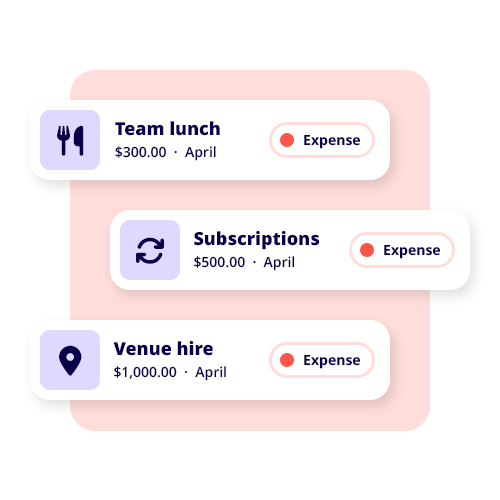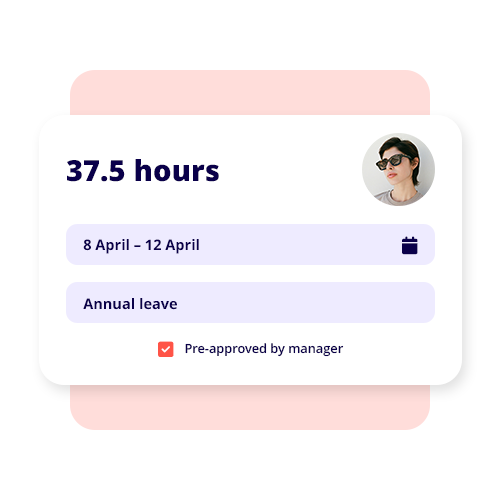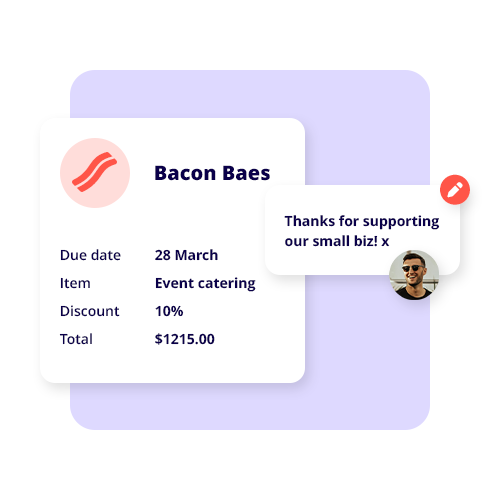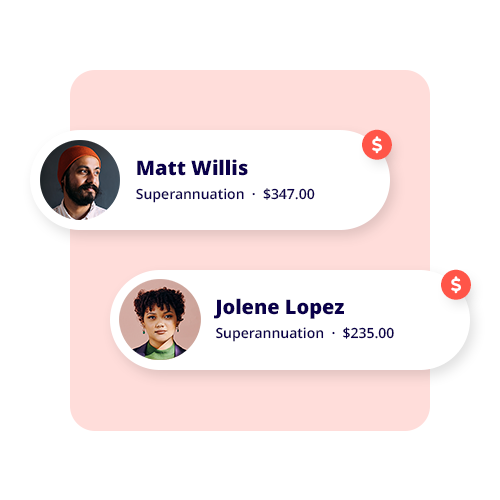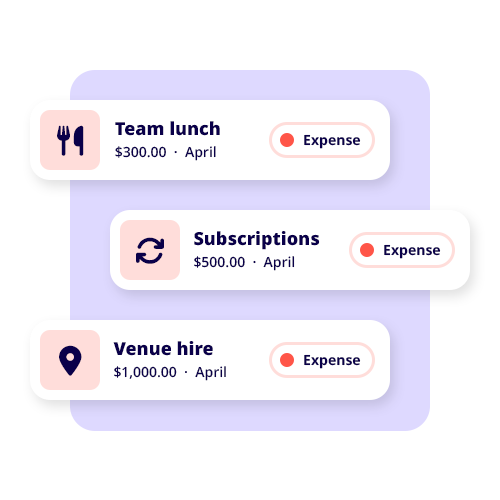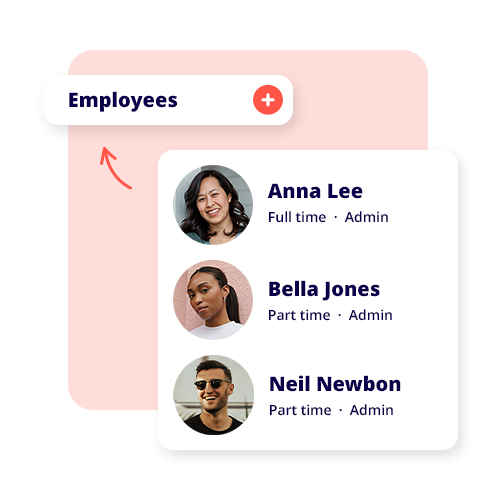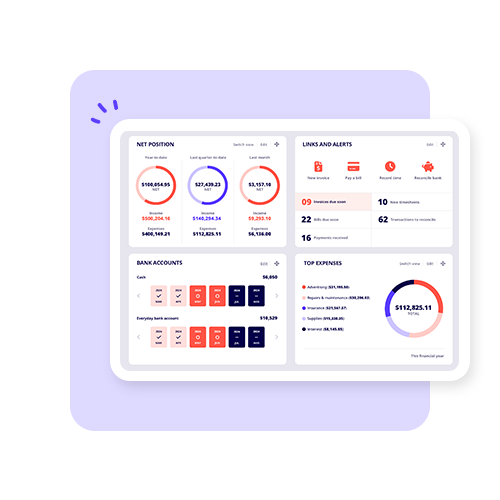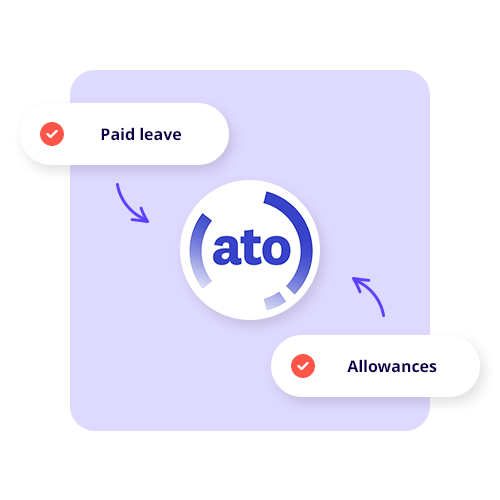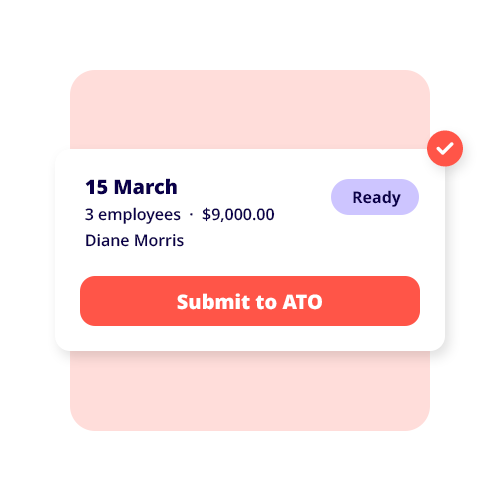A cash flow statement is a financial document used to track the movement of cash in and out of your business over a set period. It can give you valuable insights into how much cash flows through your company by highlighting how well you manage it.
For small business owners, it’s essential to understand how cash flow works to stabilise their operations, plan for future investments and avoid any financial shortfalls. So, let’s break down exactly what a cash flow statement shows and the key elements involved.
What is a cash flow statement?
The cash flow statement tracks the flow of money in and out of the business during an income year, including cash generated and cash outflow.
Cash flow statements are one of the three core financial statements you need as a business owner, along with the balance sheet and profit and loss statement. Together, these three documents will give you a complete overview of your company’s financial health.
While the profit and loss statement records revenue and expenses, the cash flow statement is all about the actual movement of money. When analysed correctly, it can help you see how well your business manages its cash to cover day-to-day expenses, repay debts and fund future growth.
Main parts of cash flow statements
To help illustrate exactly what a cash flow statement looks like, think about it in terms of three main sections:
- Operating activities
- Investing activities
- Financing activities
Each section highlights different areas where cash is generated or spent, and together, they provide a holistic view of your business’s financial situation via the statement of cash flows.
1. Operating cash flow
The operating activities section of the cash flow statement records the cash generated or used by a business’s core operations. It includes transactions that your company carries out day-to-day, including but not limited to:
- Receipts from customers
- Payments to suppliers and employees
- Income tax payments.
This section starts with the net income from the profit and loss statement and adjusts for non-cash items like depreciation and changes to your working capital.
Positive cash flow from operating activities shows that your business is generating enough revenue to cover operational costs, while negative cash flow could be a warning sign of liquidity issues.
Here’s an example: A small cafe might generate $10,000 from customers in a month, but after paying its suppliers and staff wages, the net cash flow from operating activities might be only $6,500.
2. Investing activities
Next, the investing activities section breaks down the cash flow around purchasing or selling long-term assets. These could be anything from property to equipment to securities. In essence, these help grow your business, but in most cases, they demand a huge amount of capital upfront.
Cash spent on investments is considered a cash outflow, while cash generated by the sale of an asset is a cash inflow.
Some of the more common investing activities for small businesses include:
- Buying new equipment
- Selling old equipment
- Investing in other businesses or financial securities.
Here’s another example: If a business spends $5,000 on new machinery, this would be recorded as a cash outflow in the investing activities section. (Pro-tip: this could be an instant asset write-off for tax purposes).
3. Financing activities
Finally, there is the financing activities section. This part tracks the cash inflows and outflows associated with your business finance, including raising capital, paying dividends, repaying loans, and more. It shows how your company funds its everyday operations, whether that’s via external borrowing or internal reserves.
Financing activities can include:
- Issuing or repaying debt
- Raising capital through investors
- Dividend payments to shareholders.
One last example: A small business takes out a $20,000 loan to fund an exciting expansion. This cost would be recorded as a cash inflow in the financing activities section.
Why cash flow statements are so important for small business performance
As a small business owner, you need a healthy cash flow to stay operational and meet your ongoing financial obligations.
While a profit and loss statement can show whether your company is profitable, it doesn’t give you a clear picture of liquidity – this is where the cash flow income statement comes in. It can show that your business is not only profitable on paper, but has enough cash on hand to meet day-to-day needs.
Understanding your cash flow can help ensure your business has enough liquid assets to cover immediate expenses, such as rent, gas and electricity bills, or payroll.
If you don’t closely monitor your cash flow, it’s very easy to run into financial problems – especially if you don’t have enough cash to cover essential payments, even if you are technically profitable.
Cash flow statement example
Let’s look at a simple example of a cash flow statement for a small retail business over a month:
| Cash flow statement | Amount ($) |
|---|---|
| Cash flow from operating activities | |
| Cash received from customers | 30,000 |
| Cash paid to suppliers & employees | (20,000) |
| Interest paid | (1,000) |
| Net cash flow from operating activities | 9,000 |
| Cash flow from investing activities | |
| Buying new equipment | (5,000) |
| Selling old equipment | 1,000 |
| Net cash flow from financing activities | (4,000) |
| Cash flow from financing activities | |
| Proceeds from a loan | 10,000 |
| Repaying loan | (2,000) |
| Net cash flow from financing activities | 8,000 |
| Net increase in cash for the month | 13,000 |
| Opening cash balance | 2,000 |
| Closing cash balance | 15,000 |
How to prepare a cash flow statement
- Collect all financial data: Gather your business’s profit and loss statement, balance sheet, and other financial documents showing cash inflows and outflows.
- Organise cash flow activities: Separate your cash flow into three sections: operating, investing, and financing activities. Each section should include only relevant cash transactions.
- Adjust for non-cash items: Non-cash items or cash equivalents like depreciation and amortisation should be added back into the cash flow from operating activities, as they don’t affect the actual movement of cash.
- Calculate net cash flow: Subtract the cash outflows from the inflows for each section to determine the net cash flow.
- Total cash flow: Add the net cash flow from operating, investing, and financing activities to find the overall cash flow for the period. Add this to your opening cash balance to calculate the closing cash balance.
Direct method vs indirect method of cash flow
- Direct method: List all the individual cash inflows and outflows from your operating activities, including customer receipts and supplier payments. This method is more detailed but also more complex to prepare.
- Indirect method: Start with the net profit from your profit and loss statement and adjust for non-cash items, such as depreciation and changes to your working capital. This method is easier to prepare, which is why it’s more commonly used by time-poor small business owners.
Cash flow vs profit
Many small business owners confuse cash flow with profit, which can cause headaches later on. Profit is the amount of money left over after all expenses have been deducted from revenue, while cash flow is the actual movement of cash in and out of your business.
In context, your company can be profitable but still struggle with cash flow if its income is tied up in receivables or if you have big upfront expenses. Conversely, a business with strong cash flow might not be profitable with large ongoing costs. That’s why staying on top of both your cash flow and profit is so important.
Preparing a cash flow statement isn’t as complex as you might imagine. When you get into the habit of doing it every month, you can make smarter financial decisions about the future of your business.




